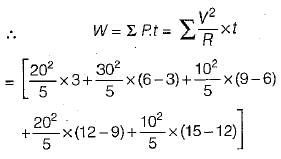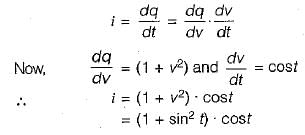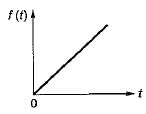Test: Basic & Electric Circuits- 1 - Electrical Engineering (EE) MCQ
10 Questions MCQ Test Topicwise Question Bank for Electrical Engineering - Test: Basic & Electric Circuits- 1
If the power supplied by the 20 V voltage source shown in figure below is 60 W then, the power supplied by the unknown circuit element (x) will be
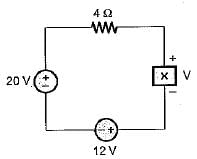

In the network of figure shown below, I1 = 0.05 A, I2 = 0.1 A , R = 50 Ω. The unknown current source has strength of i, If 100 J of energy is delivered to I2 in 1 min, the magnitude of i will be
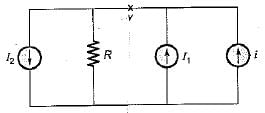

| 1 Crore+ students have signed up on EduRev. Have you? Download the App |
The energy required to move 120 C charge through 3 V is
For a given voltage, four heating coils will produce maximum heat, when connected
Given figure shows a plot of d.c. voltage applied to a resistor of 5 Ω for 15 seconds. The total energy consumed by the resistor is
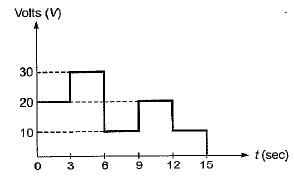
The charge in a capacitor is given by

if the voltage across this capacitor be v(t) = sin t, the current i(t) through the capacitor is
The two voltage sources connected in parallel as shown below, must satisfy the conditions






 where p=vi
where p=vi



